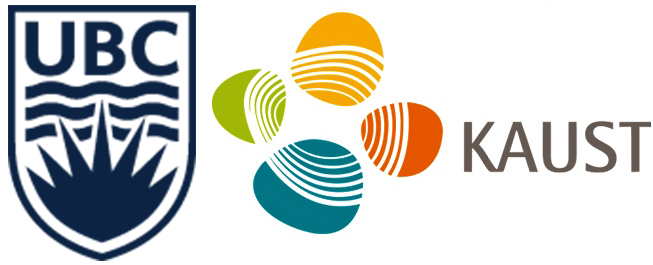
|
Overview of mix-and-match holography. We computationally
design pairs of diffractive optical elements that encode multiple
holograms or target images under different geometric alignments
or DOE pairings (left). By changing the geometric alignment or
pairing different DOEs, the individual encoded holograms can be
de-multiplexed. Illumination with a pre-determined lighting
condition produces the corresponding target image (right),
that can be generalized in a wide range of scenarios. Specifically, we show
the offset pairing result (a), the combinational pairing result (b), multiview image result (c),
and animated images with translation result (d).
The design process makes use of a combination of iterative phase
retrieval methods and complex matrix factorization.
Abstract
Computational caustics and light steering displays offer a wide range
of interesting applications, ranging from art works and architectural
installations to energy efficient HDR projection. In this work we
expand on this concept by encoding several target images into pairs
of front and rear phase-distorting surfaces.
Different target holograms can be decoded by mixing and
matching different front and rear surfaces under specific geometric
alignments. Our approach, which we call mix-and-match holography, is
made possible by moving from a refractive caustic image formation
process to a diffractive, holographic one. This provides the extra
bandwidth that is required to multiplex several images into pairing
surfaces.
We derive a detailed image formation model for the setting of
holographic projection displays, as well as a multiplexing method based on a
combination of phase retrieval methods and complex matrix
factorization. We demonstrate several application scenarios in both
simulation and physical prototypes.
|
|
Paper and Video
p.s. The video is with audio.
All images are © ACM, 2017, reproduced here by permission of ACM for your personal use. Not for redistribution. Some of the source graphics on which these works were based are copyrighted by third parties and used with their permission.
